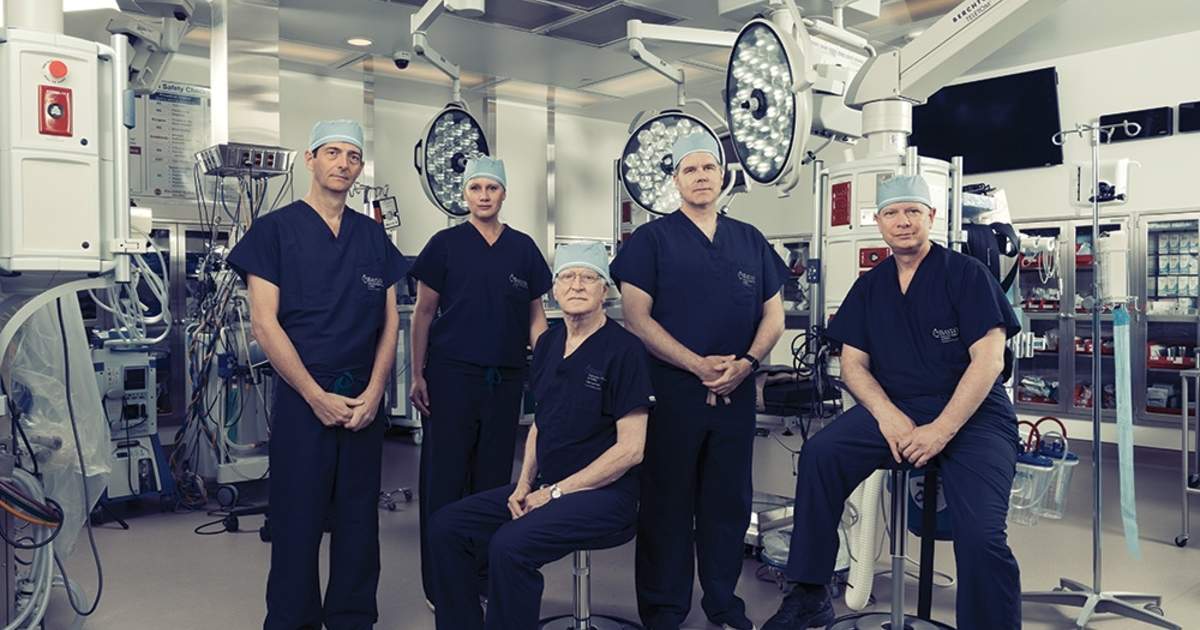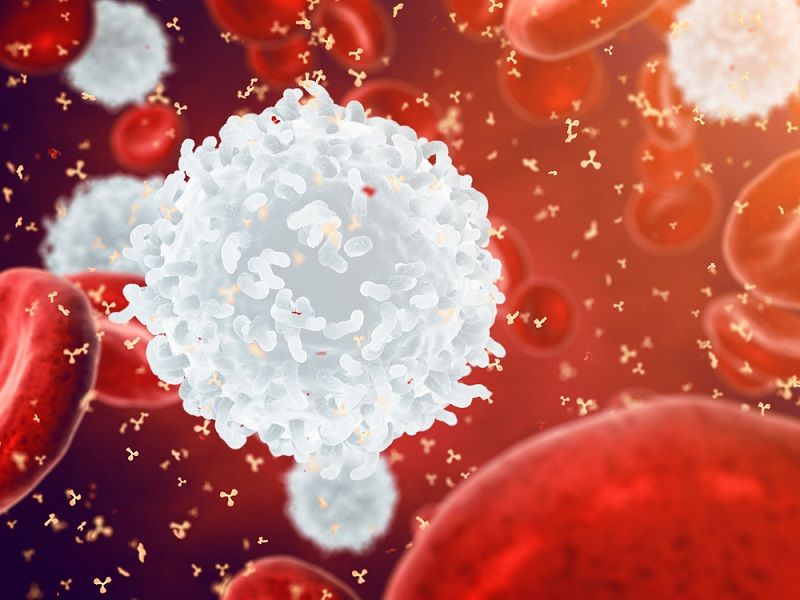Sit anywhere, at any time, with this wearable chair 🤯.
Get the latest international news and world events from around the world.
This personal helicopter from the 1950s
This personal helicopter was way ahead of its time.



A Neuroscientist Explains What Happens to Your Brain When You Don’t Sleep
Sleep deprivation affects nearly all parts of your brain, but it is most detrimental to simple cognitive functions that we take for granted, such as memory and staying alert.
Ph.D. neuroscience candidate Shannon Odell says scientific research suggests that sleep deprivation majorly reduces cognitive performance. Studies have shown that patients have significantly reduced their thinking ability after just one night of sleep deprivation, specifically in the hippocampus, also known as the memory center.
Watch Your Brain on Blank on Facebook for more mind-expanding brain truths.


Researchers capture best ever evidence of rare black hole
ESA’s XMM-Newton observatory has discovered the best-ever candidate for a very rare and elusive type of cosmic phenomenon: a medium-weight black hole in the process of tearing apart and feasting on a nearby star.
There are various types of black hole lurking throughout the Universe: massive stars create stellar-mass black holes when they die, while galaxies host supermassive black holes at their centres, with masses equivalent to millions or billions of Suns.
Lying between these extremes is a more retiring member of the black hole family: intermediate-mass black holes. Thought to be seeds that will eventually grow to become supermassive, these black holes are especially elusive, and thus very few robust candidates have ever been found.


The Shift From 4G to 5G Will Change Just About Everything
Telecom experts are going so far as to herald the arrival of 5G as the advent of the fourth industrial revolution. There are an ever-expanding number of high-tech devices out there trying to connect to the internet every day, many of which require extensive bandwidth, and companies across the board will leverage 5G capabilities to better reach consumers.
“The application of 5G technology will result in massive changes for both consumers and enterprises,” said Jeff Weisbein, founder and CEO of digital media company Best Techie. “5G networks will offer consumers incredible broadband speeds at home (up to 20Gb/s). It will also enable companies to make advancements such as even smarter, better connected cars, advancements in medical technologies and improved retail experiences through personalization.”
5G refers to 5th-Generation Wireless Systems and uses additional spectrum in the existing LTE frequency range to build on the capabilities of 4G, which is often used interchangeably with 4G LTE by marketers. LTE denotes Long Term Evolution, and is a term that was deployed with early 4G networks that presented a substantial improvement on 3G, but did not fully qualify as 4G, meaning 4G LTE is essentially first-generation 4G.

Modulating the Immune System Reduces Inflammation Following Heart Attack
Researchers from Washington University School of Medicine in St. Louis have discovered that a particular type of immune cell encourages harmful inflammation in the heart after a heart attack, and they have found a potential solution for protecting the heart.
The study, which was led by Dr. Douglas L. Mann, showed that a mouse model of human heart attack lived longer than control mice when treated with the drug pirfenidone, a drug already approved for treating lung conditions. The researchers showed that the drug works by regulating the immune response of B cell lymphocytes in the heart, thereby reducing inflammation and progressive injury following a cardiac event.
Pirfenidone is already used to treat idiopathic pulmonary fibrosis, a condition in which the lungs become increasingly damaged and form scar tissue rather than healthy, functioning tissue. The researchers hope to understand how pirfenidone works in the heart and reduces inflammation; in doing so, they could potentially modify the drug to work more efficiently.